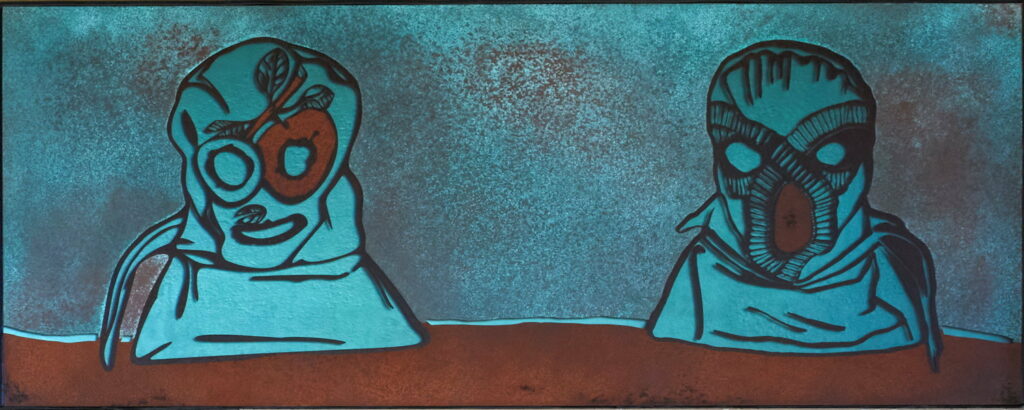
On July 25, 2016, Australians watched in horror as the investigative journalism series Four Corners showed the torture and abuse of children in the Don Dale Youth Detention Centre in the Northern Territory. The scenes were from 2015. Children, sometimes as young as 10 years old, were thrown into solitary, or shackled, strapped into a chair, head covered with a so-called spit hood, and left alone, for hours. For hours, children moaned, cried, whispered, “I can’t breathe. I can’t breathe”. Australians were shocked and horrified, or so they said. In November 2021, Selesa Tafaifa, a 44-year-old Samoan woman, died in custody, in the Townsville Women’s Correctional Centre. Selelesa Tafaifa died writhing on the floor, with a spit hood over her head, wheezing, moaning, crying, whispering, “I can’t breathe. I can’t breathe.” According to the Commission for Children and Young People Annual Report 2022 -2023, tabled today in the Parliament of Victoria, “In February 2023, a child under the age of 18 in adult custody contacted the Commission and reported that prison officers had applied a spit hood on him earlier that day. The Commission established an individual inquiry.” Yet again, Australians will express shock and horror. Liana Buchanan, Principal Commissioner for Children and Young People in the state of Victoria, said she was “shocked”: “I almost couldn’t believe it. We like to think in Victoria that we avoid the very worst abuses of children in custody, that sometimes unfortunately we see in other parts of the country. This case unfortunately showed me that is not true.” We like to think. I can’t breathe. I can’t breathe. We like to think.
Each of these stories should have been enough, and yet, obviously, they weren’t, and of course these are the stories we know, the stories that have been `uncovered’ by the press, as in the Don Dale case seven years ago, or by state commissions, that express shock and concern and then offer remedies of sorts, and family members, such as those of Selesa Tafaifa at the inquest now taking place, who sit in tears, watching the video of their loved one’s death. Selesa Tafaifa’s family’s attorney noted, “The family hopes to expose the truths behind her death … to ensure that what Selesa was forced to endure never happens again to anyone’s mother, grandmother, sister, daughter, grandfather. They want to do what they can to ensure that what happened to their beloved Selesa never happens to any other human being.”
Almost immediately after the expression of shock and horror come the procedural questions. Did the staff overreact? Did the child, did Selesa Tafaifa, did the children in Don Dale actually spit at anyone? These questions defer attention from the real issue. In reporting on Selesa Tafaifa’s death, it was noted that “spit hoods were used 82 times across Queensland prisons last year.” It was further noted that “The use of spit hoods and restraint chairs was described as `inhumane’ by a 2017 royal commission into the protection and detention of children in the Northern Territory, which recommended they no longer be used. Spit hoods are not used in Victoria or New South Wales.” And yet today, a Commission reports that a child in adult custody in Victoria was subjected to spit hoods, among other atrocities. This kind of fog is what happens when torture becomes an administrative rather than a moral and ethical issue of justice.
Selesa Tafaifa’s family knows the way forward. Ban spit hoods. The Commission for Children and Young People is, in its way, equally clear: “children should not be held in adult prisons.” The Commission further calls for the prohibition of use of spit hoods on prisoners under the age of 18. While we would wish for a total ban, at the very least this is a preliminary step. Seven years from now, will we again read, in shock and horror, about a child being subjected to a spit hood, about someone dying, writhing on the floor, choking inside a spit hood? Will we continue to be haunted by “I can’t breathe I can’t breathe I can’t breathe I can’t breathe”?

(By Dan Moshenberg)
(Image Credit: Karla Dickens, To see or not to see / Art Gallery of New South Wales)